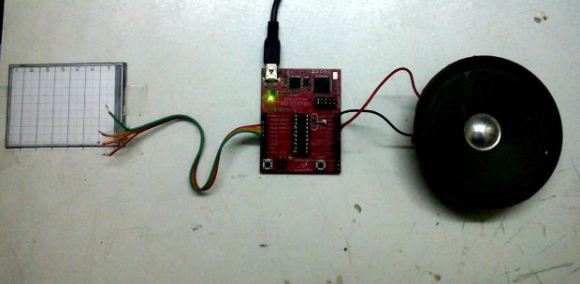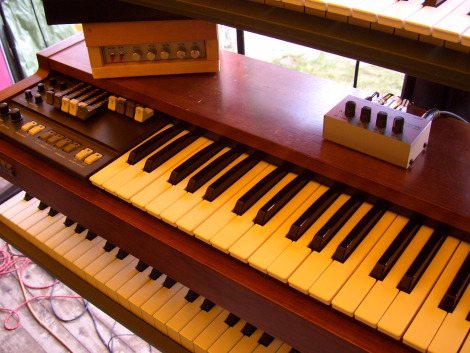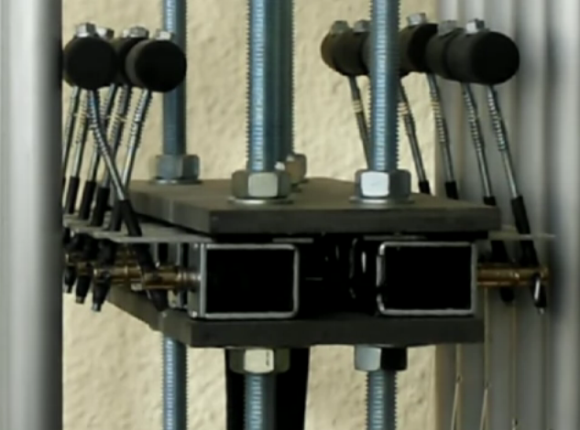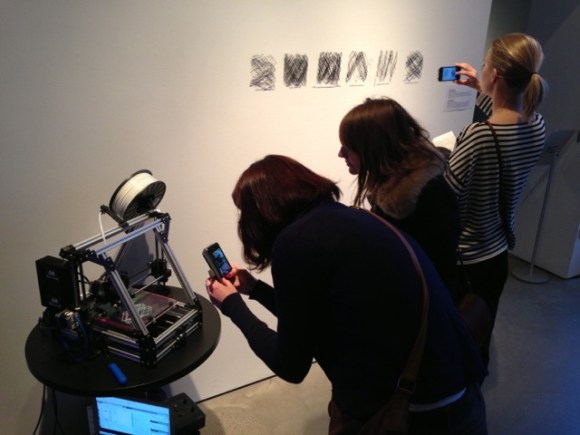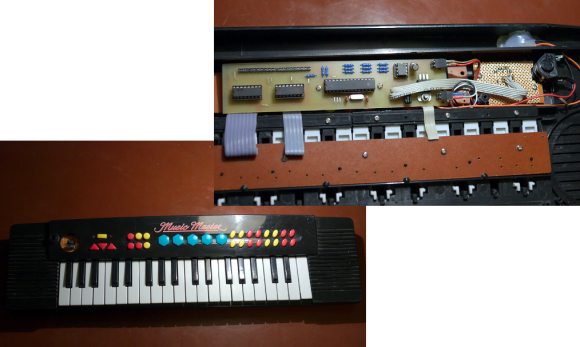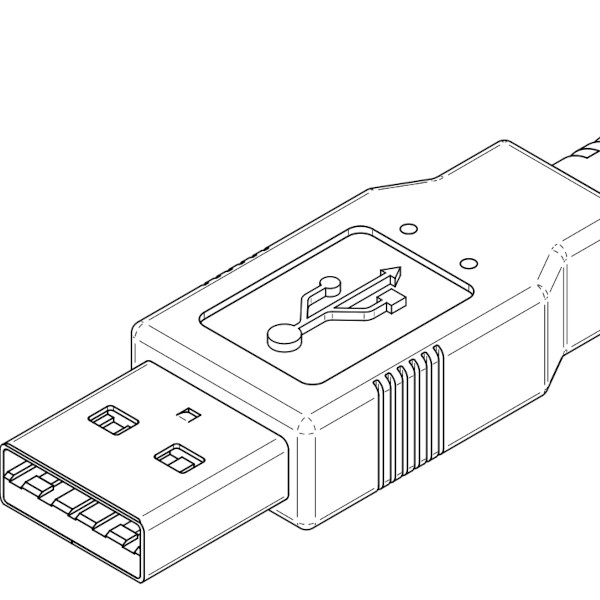
[Igor Stolarsky] plays in a band called 3’s & Sevens. We’d say he is the Guitarist but since he’s playing this hacked axe we probably should call him the band’s Guitarduinist. Scroll down and listen to the quick demo clip of what he can do with the hardware add-ons, then check out his video explanation of the hardware.
There are several added inputs attached to the guitar itself. The most obvious is the set of colored buttons which are a shield riding on the Arduino board itself. This attaches to his computer via a USB cable where it is controlling his MaxMSP patches. They’re out of the way and act as something of a sample looper which he can then play along with. But look at the guitar body under his strumming hand and you’ll also see a few grey patches. These, along with one long strip on the back of the neck, are pressure sensors which he actuates while playing. The result is a level of seamless integration we don’t remember seeing before. Now he just needs to move the prototype to a wireless system and he’ll be set.
If you don’t have the skills to shred like [Igor] perhaps an automatic chording device will give you a leg up.


